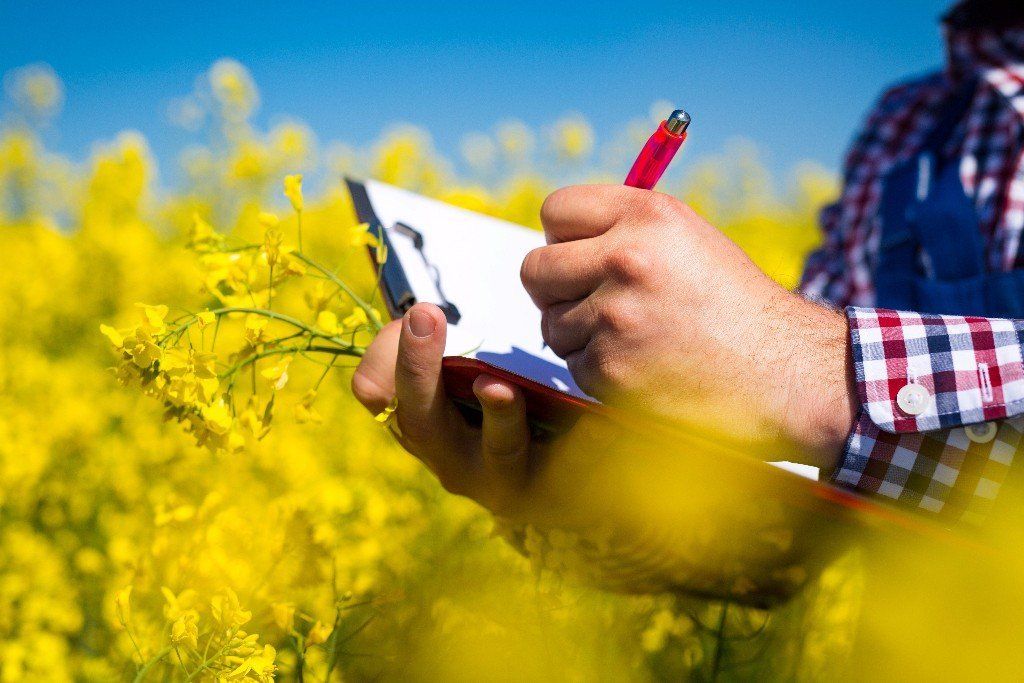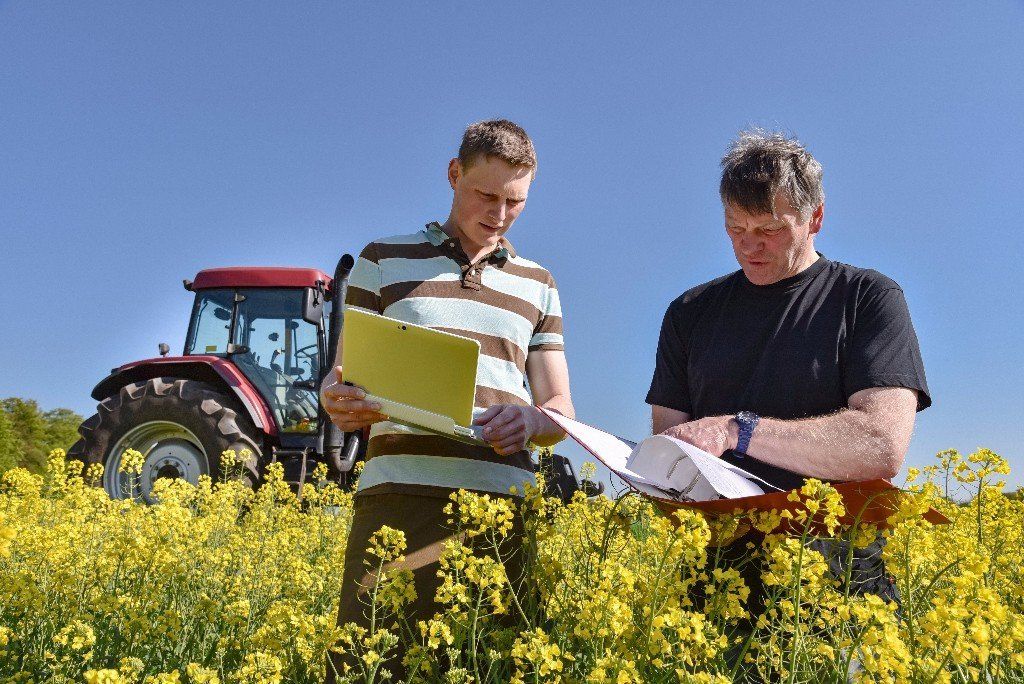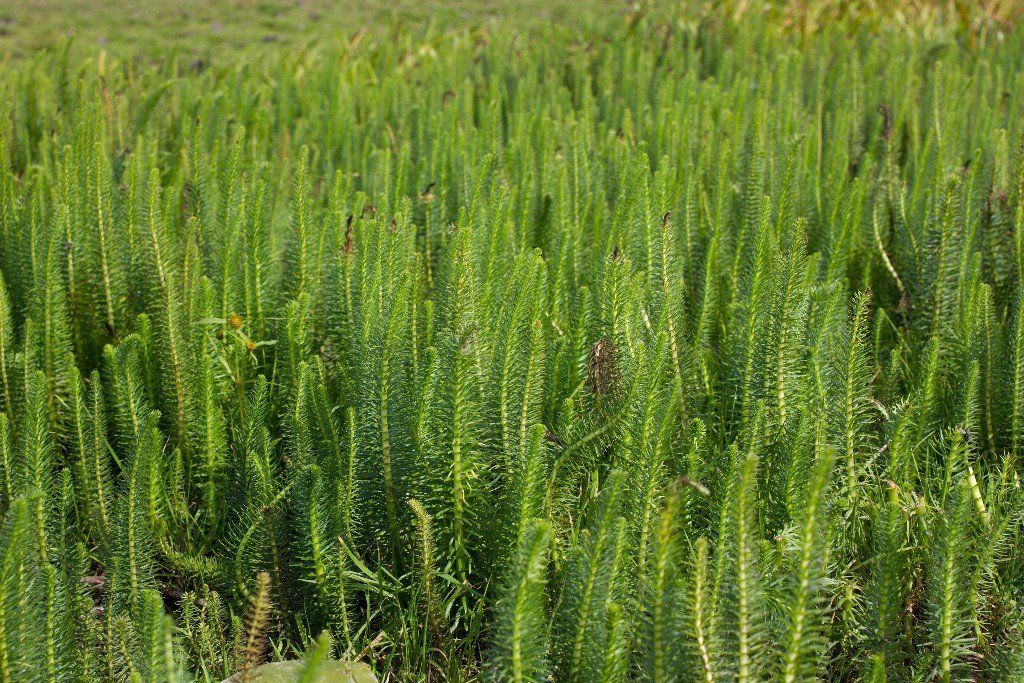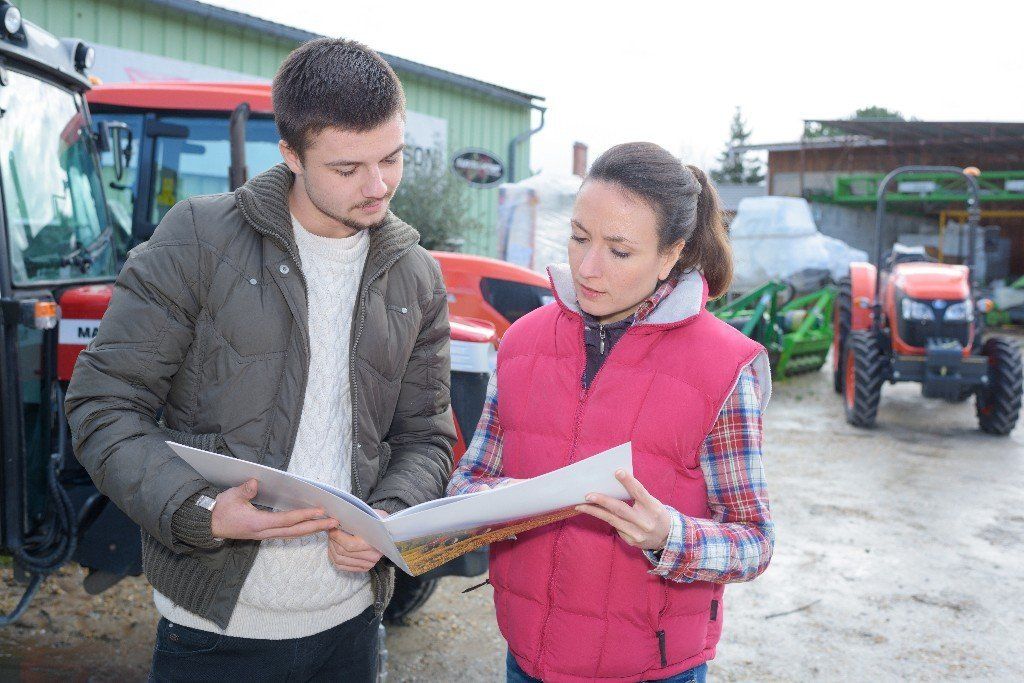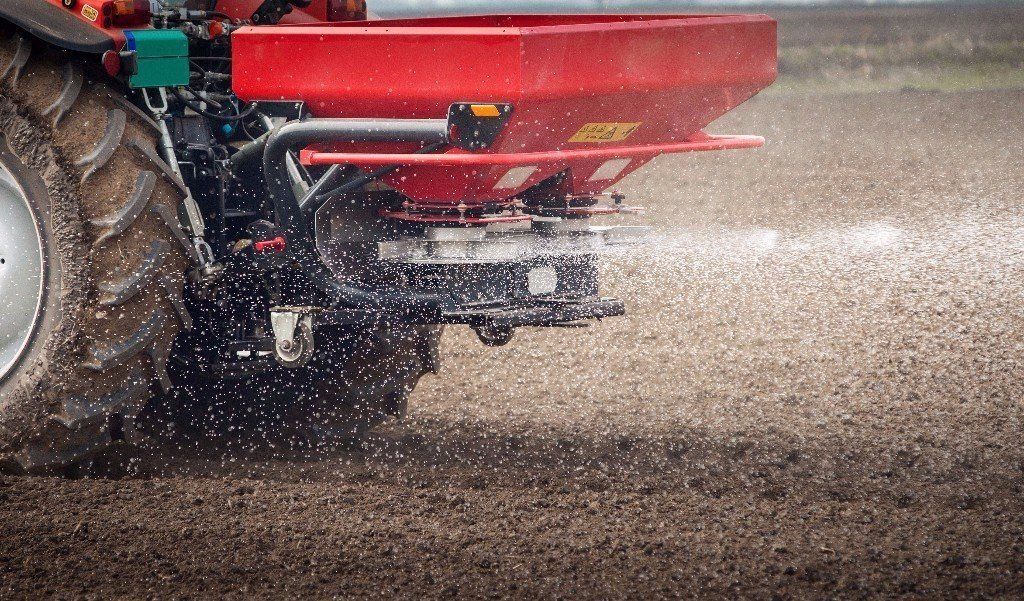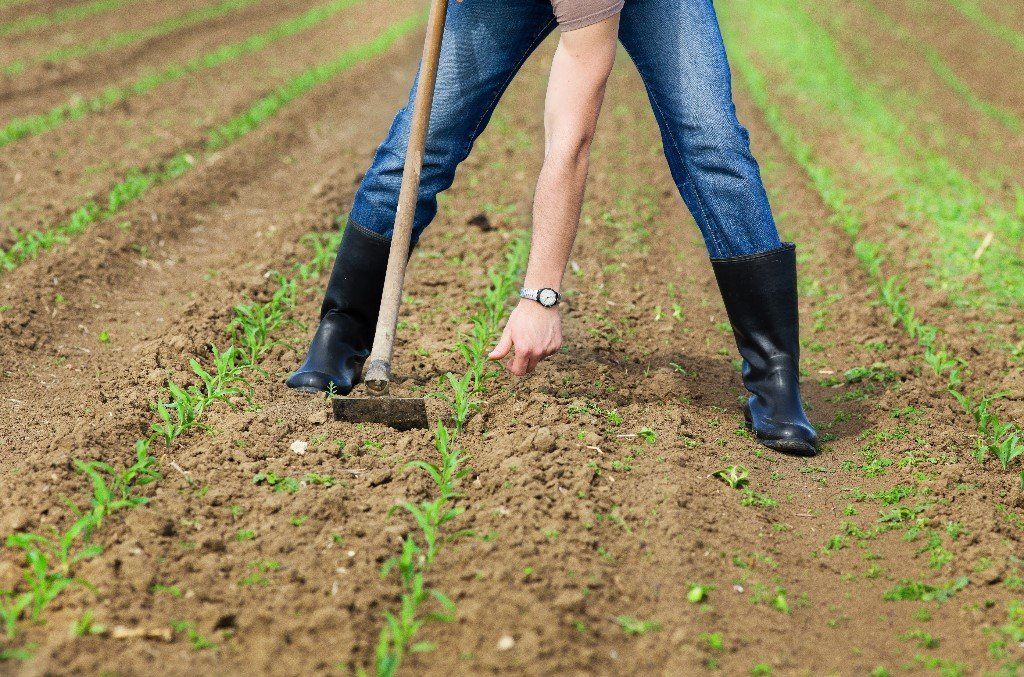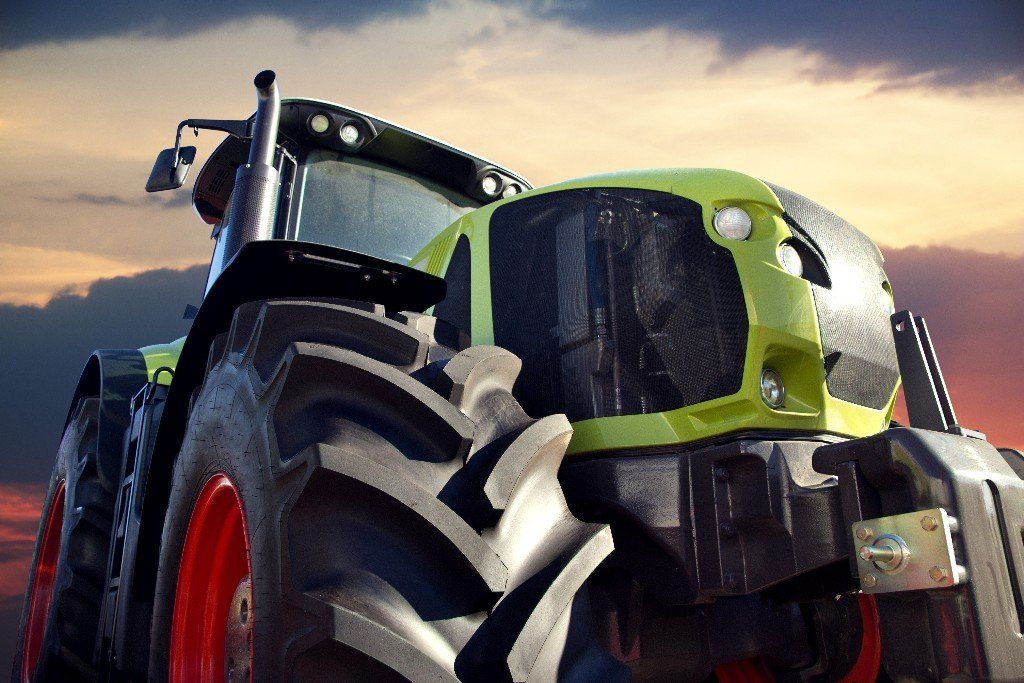What Plants You Should Use for Your Cover Crops This Season
- By Dotcom Design
- •
- 03 Jan, 2017
- •

A good cover crop is designed for a number of reasons, such as to decrease the amount of soil erosion that occurs in your crops, to increase the level of fertility of your soil, and to manage weeds and pests in a safe and healthy way. Farmers have been planting cover crops for centuries to keep their crops protected from the damaging problems that can devastate so many crops.
However, they shouldn't be managed by just any type of plant. There are certain types that you should use in order to maximize their effectiveness. A good cover crop will not only protect your main crops, but increase the nitrogen content of your soil and enrich it for better growing conditions. Typically, cover crops in Algona IA come in three different categories, including:
- Legumes – these include a variety of delicious beans (fava and bell), multiple peas (particularly Austrian winter peas) and even clover (including crimson, red, and sweet): using these items will produce an extra 300 pounds of nitrogen per acre
- Grasses – barley, oats, and various ryes are very hardy and perfect for winter growing: they add a nice boost of organic matter to the soil while also offering you high-quality crops which you can sell for good money
- Brassicas – these types of plants, particularly mustard, have incredibly large taproots (up to four-feet long) that will break through your sub-soil and make it easier for water to flow
Another good question to consider with cover crops is planting time. A good cover crop should be sowed the month before you typically get frost in your area. Doing so will ensure that your soil gets the benefits from cover crops and ensure that the frost doesn't strip it away before it has a chance to settle.
